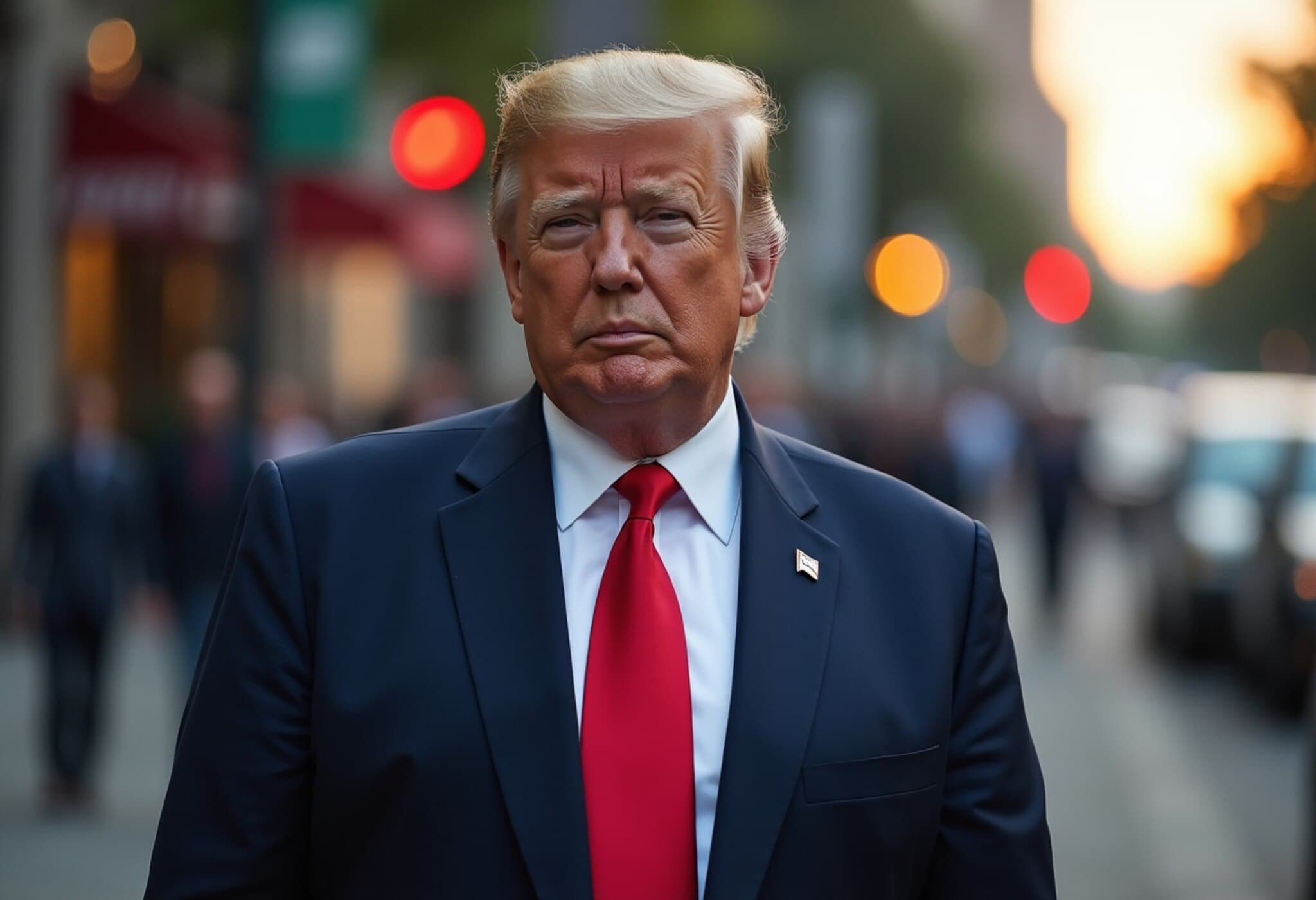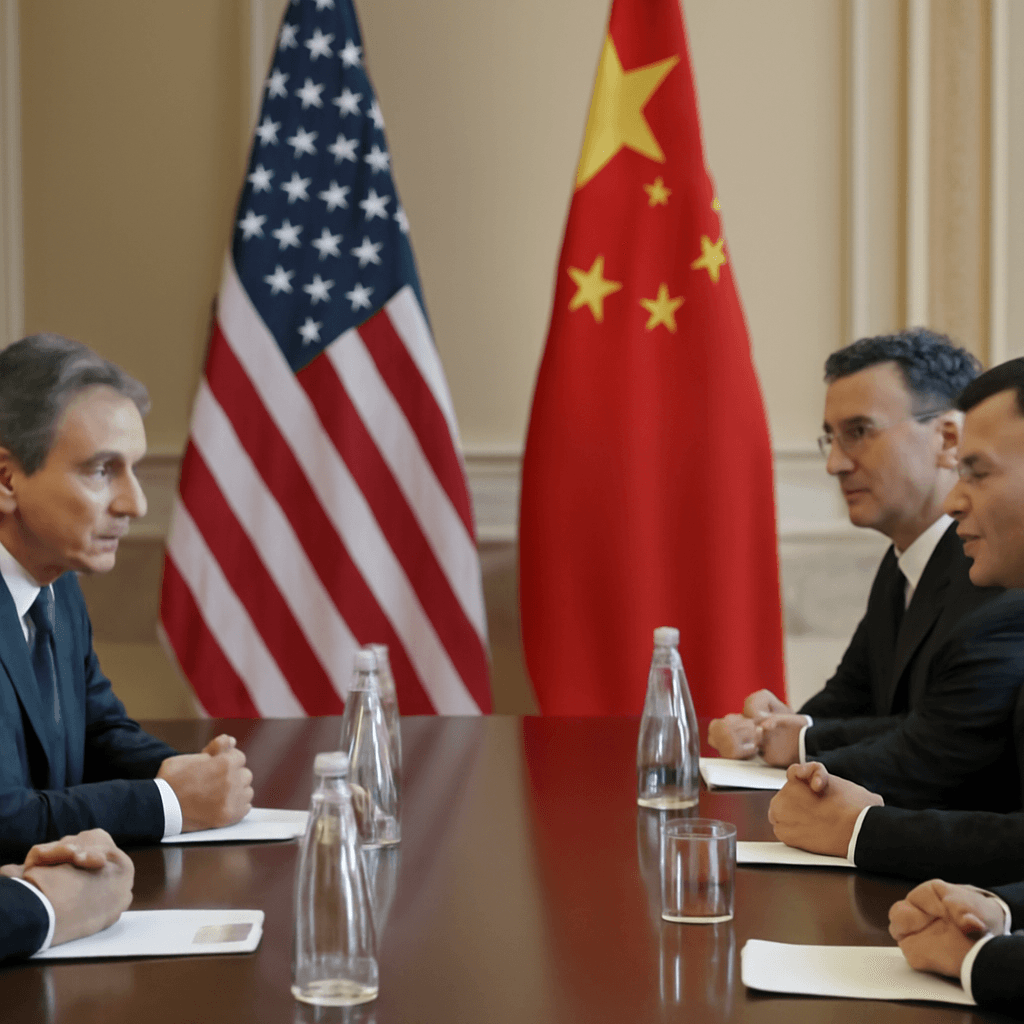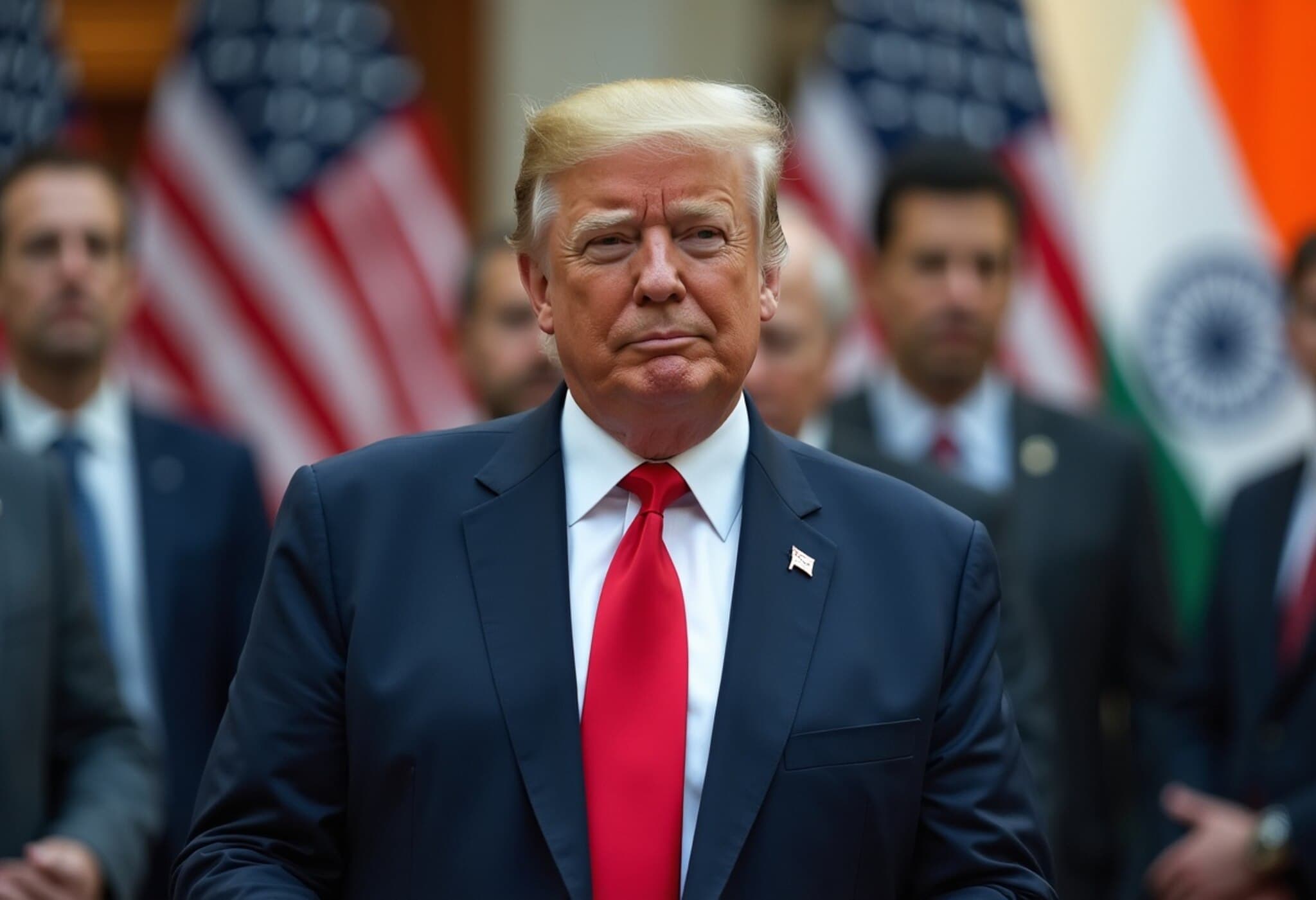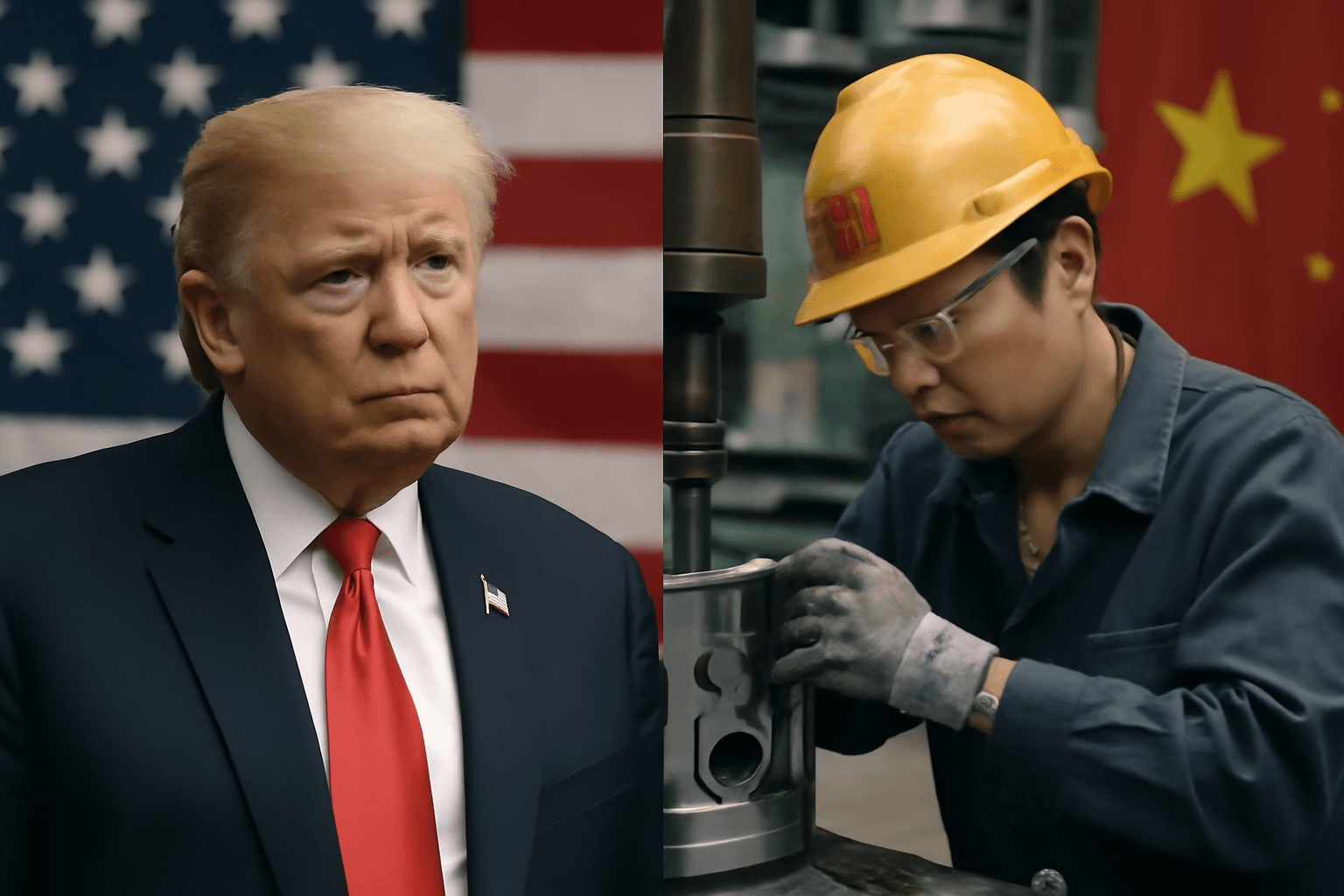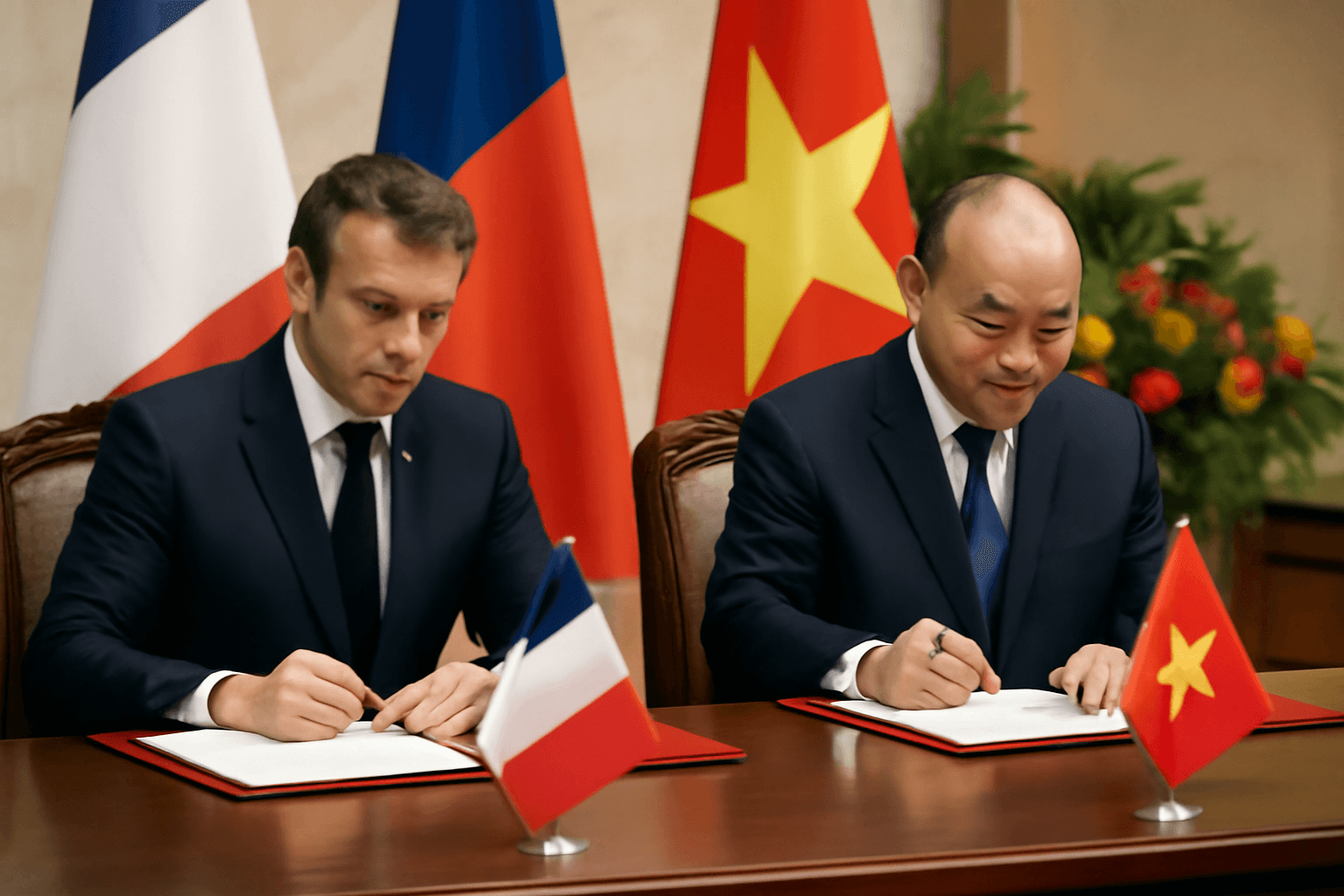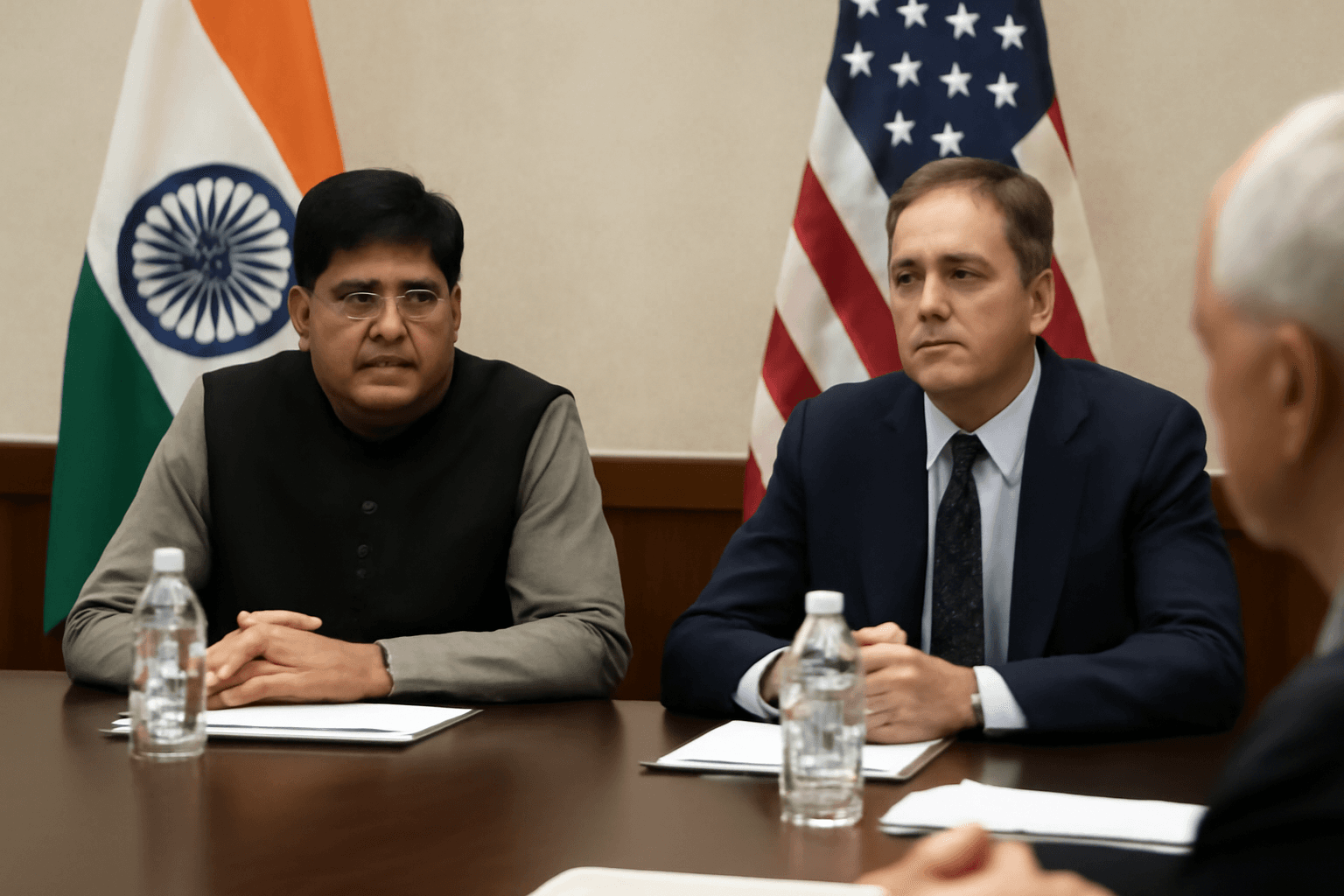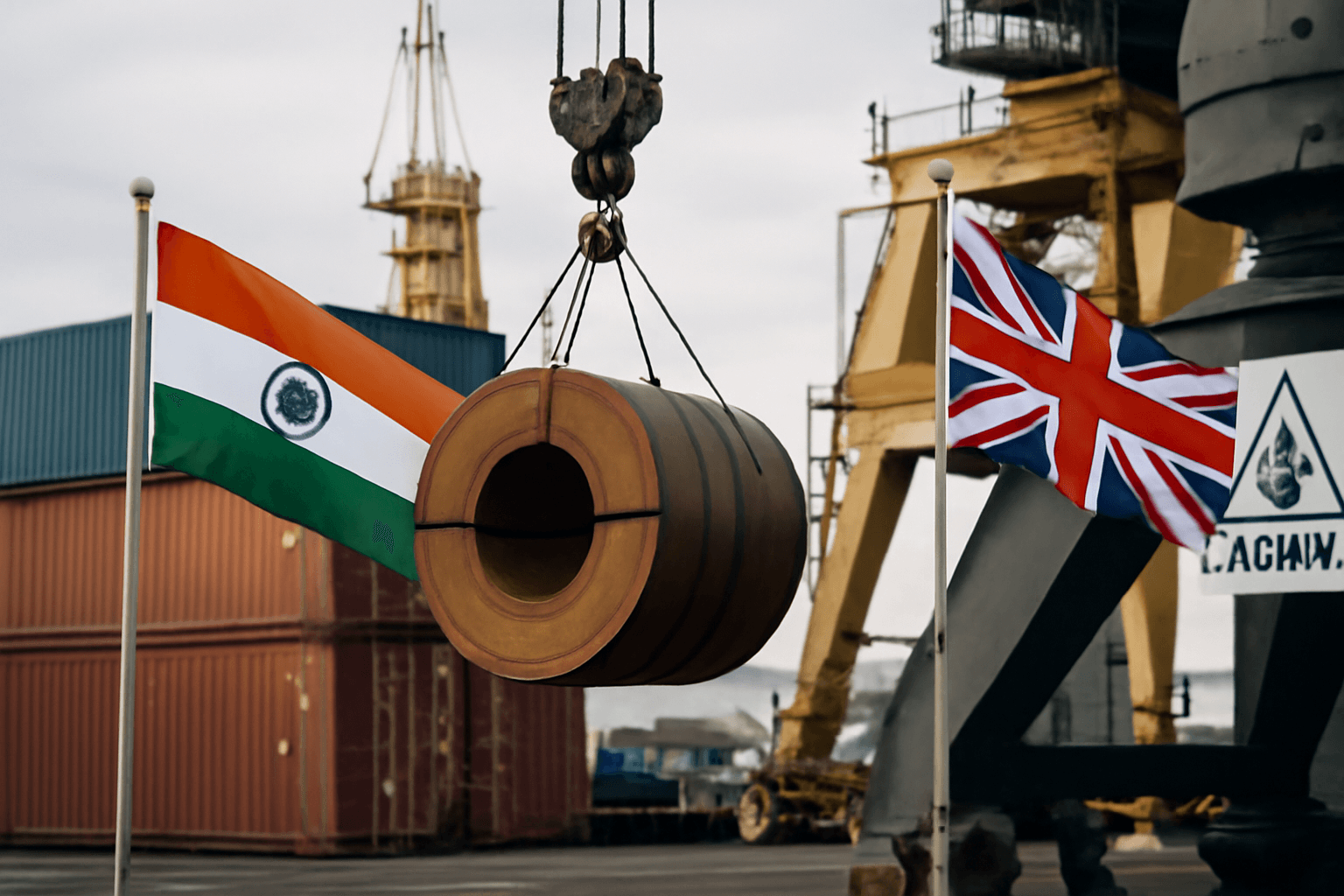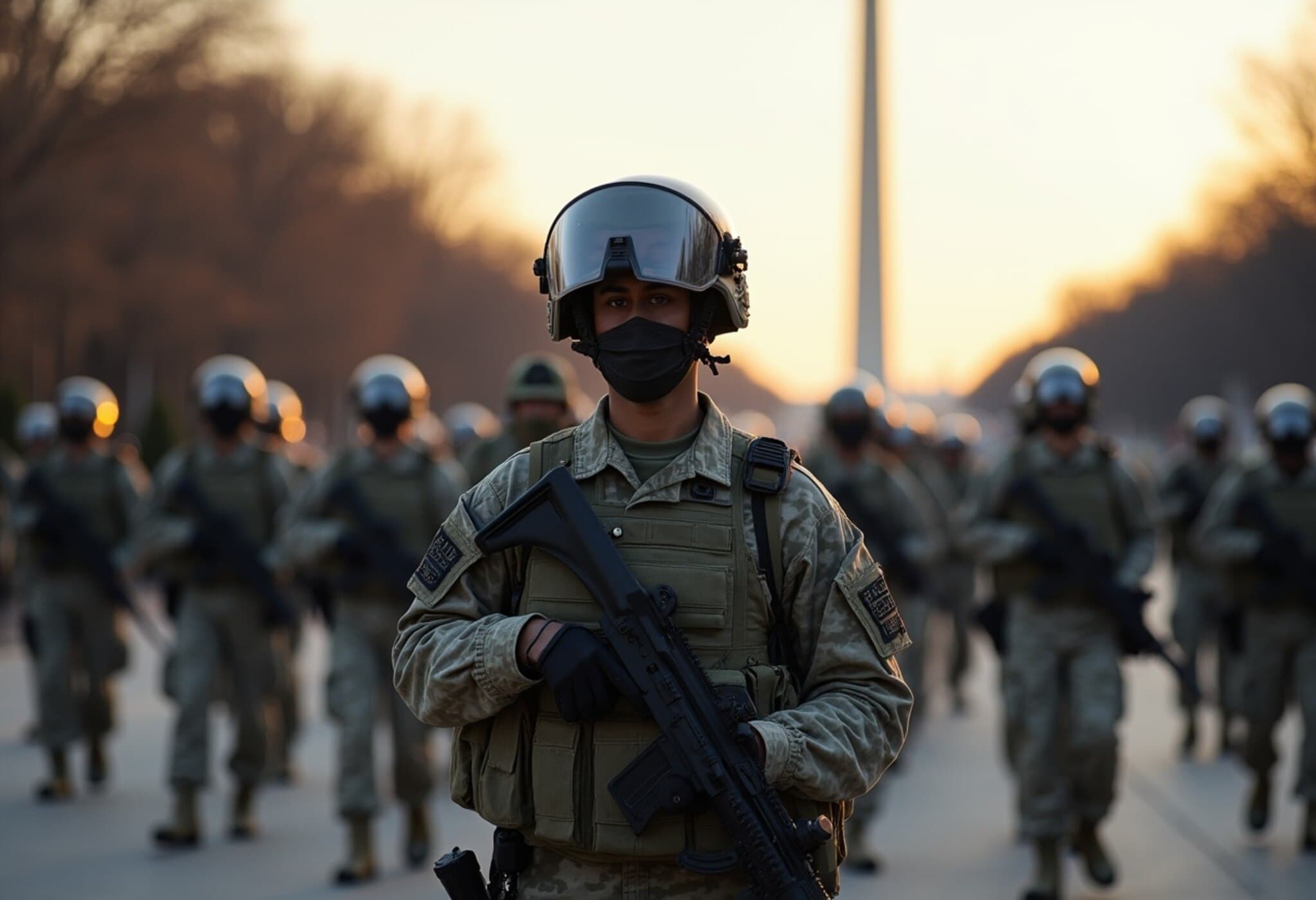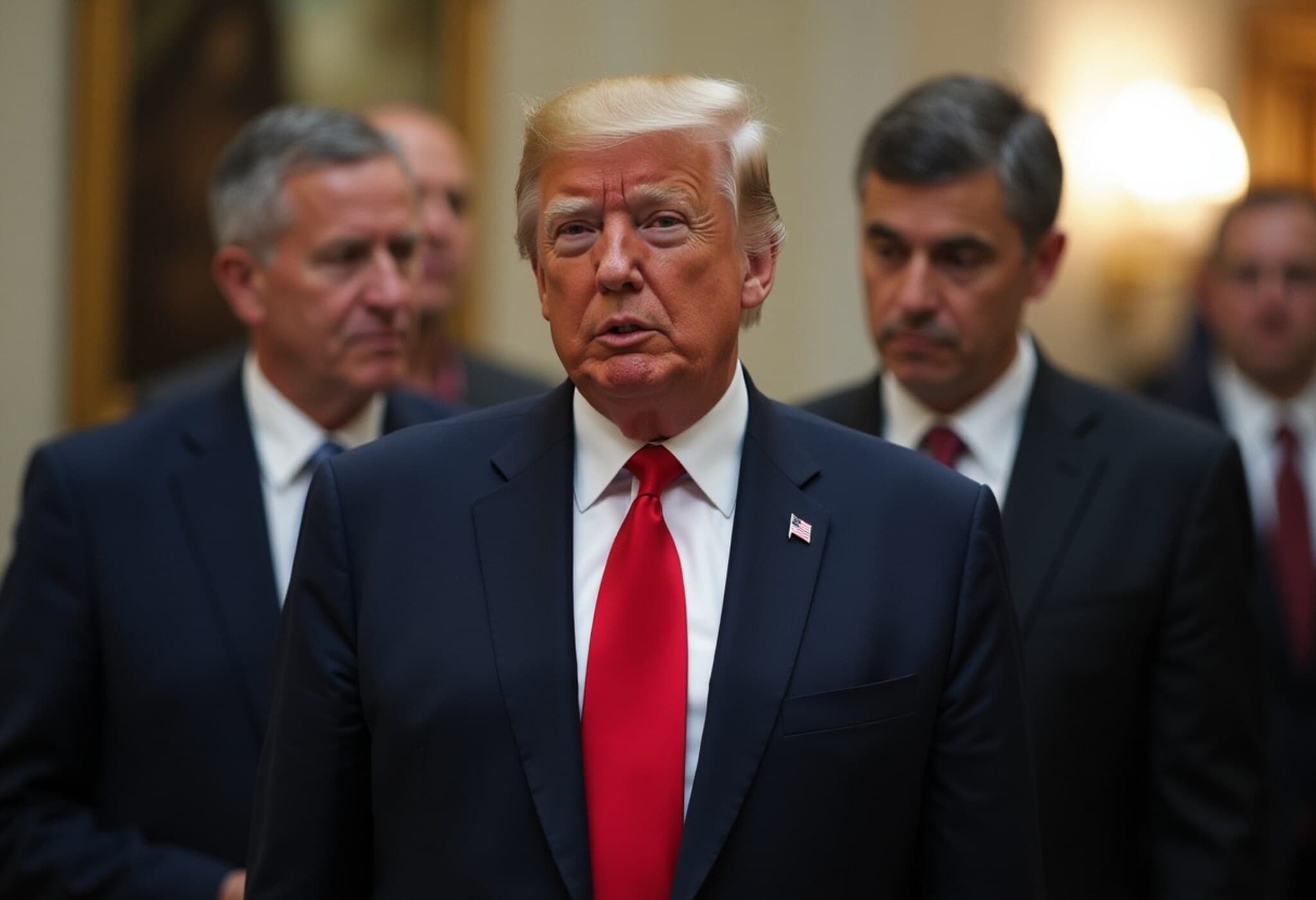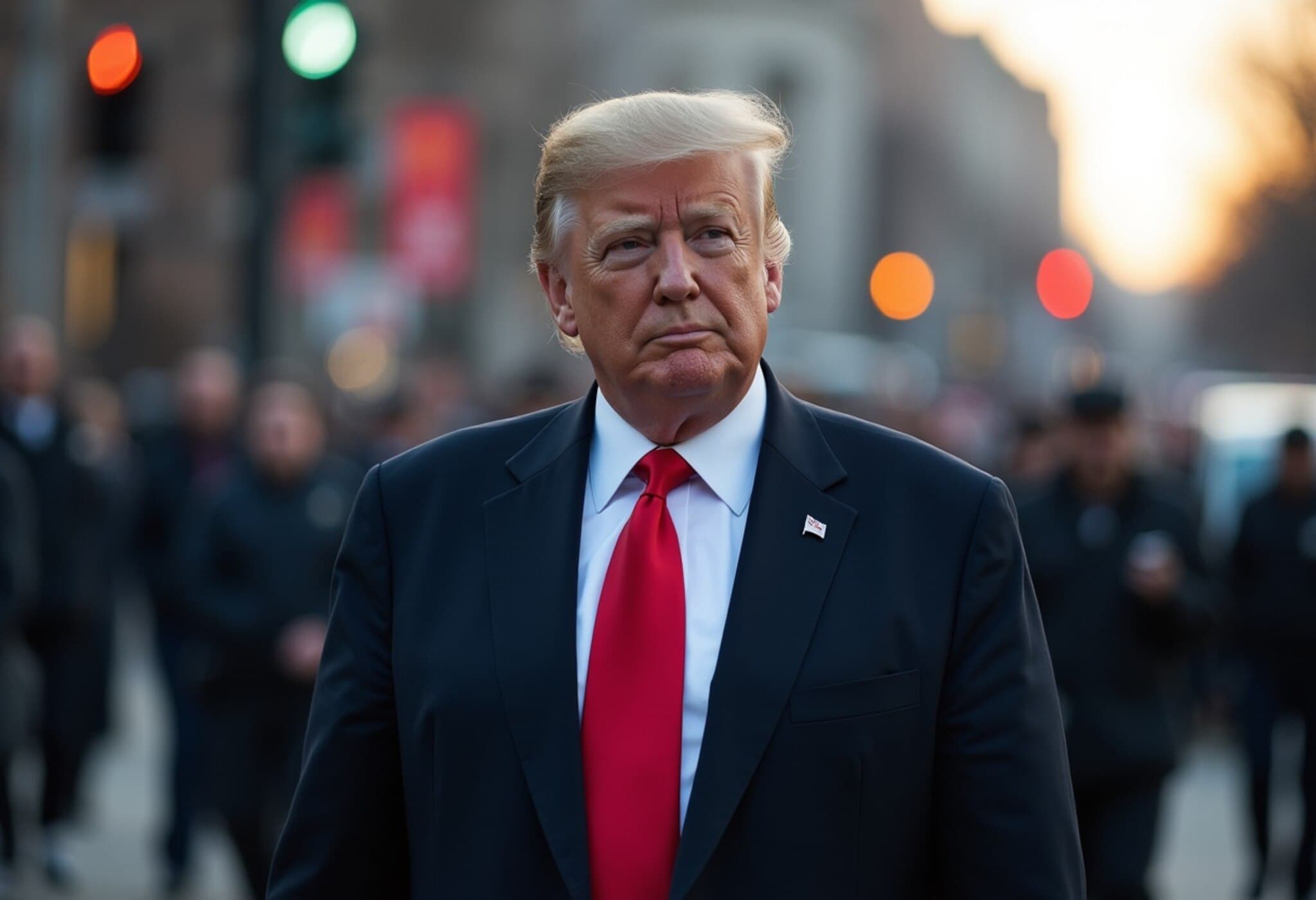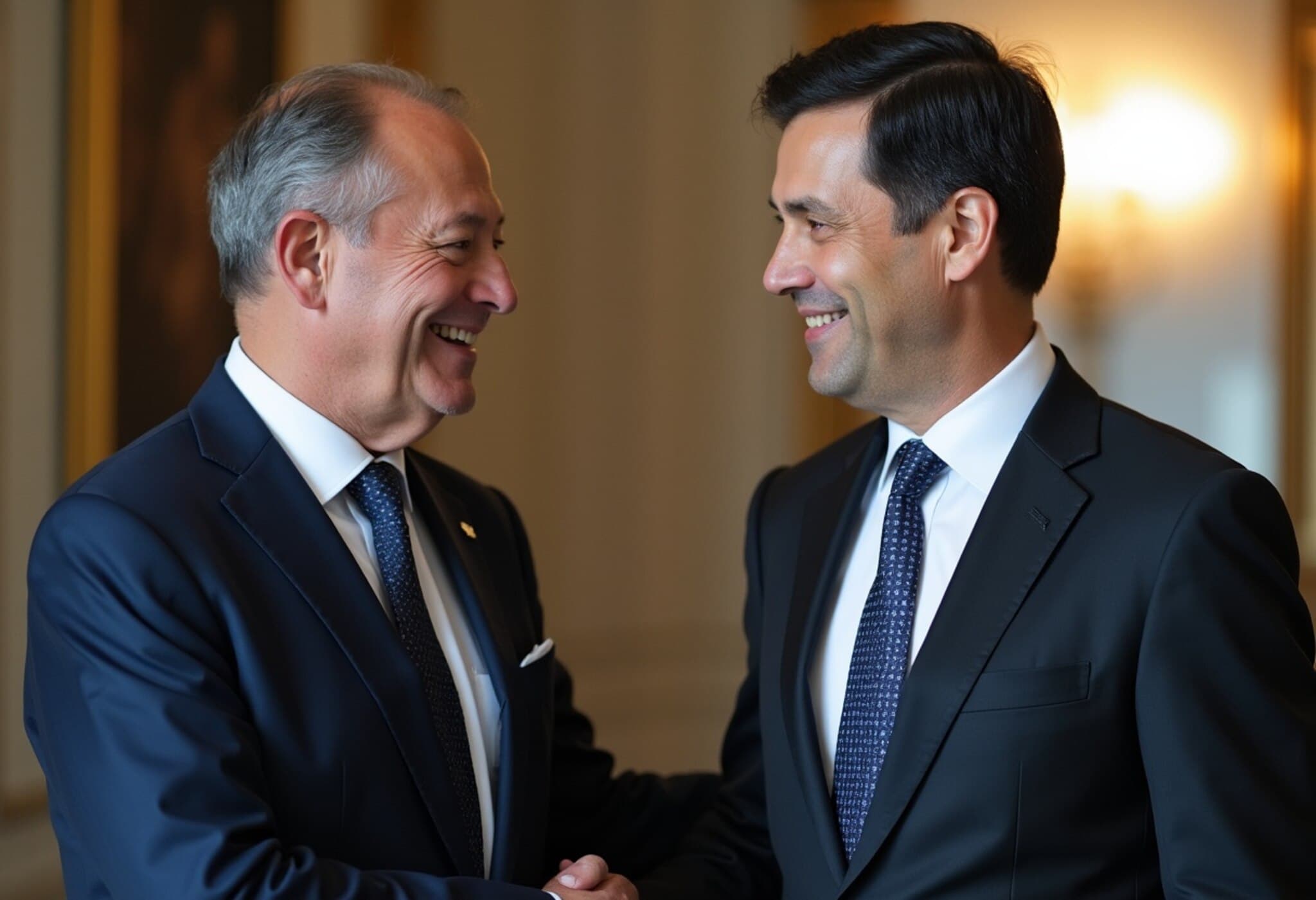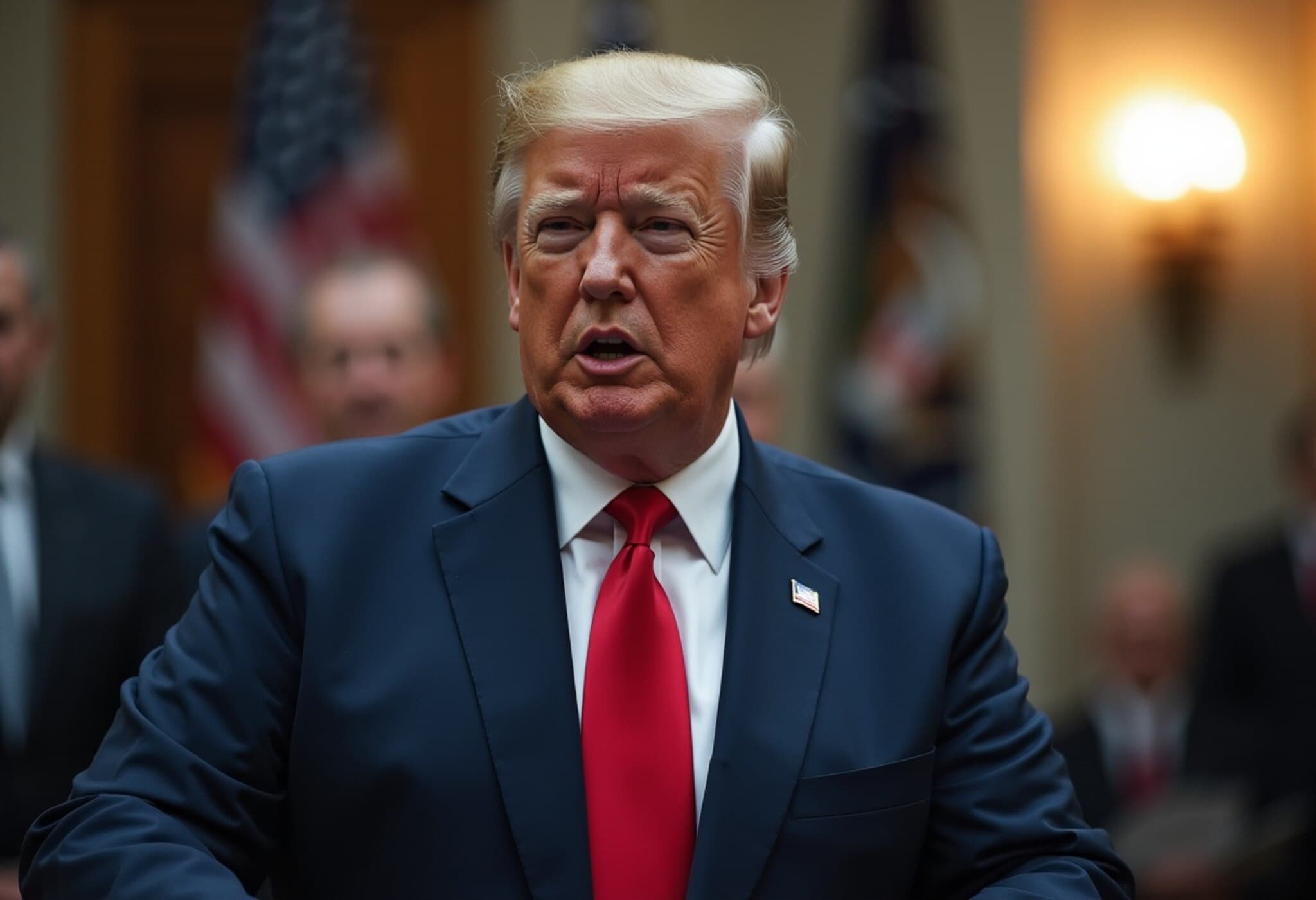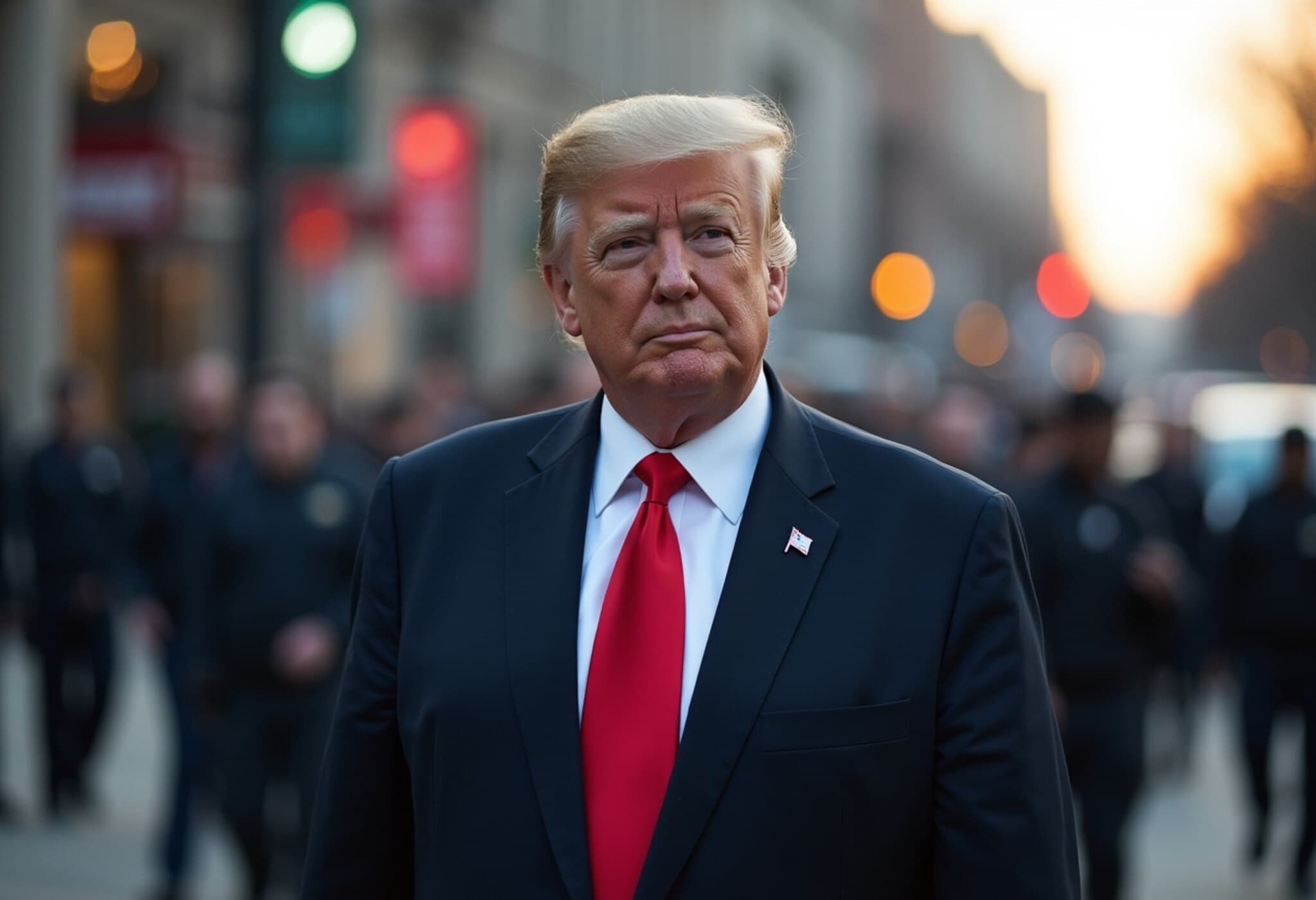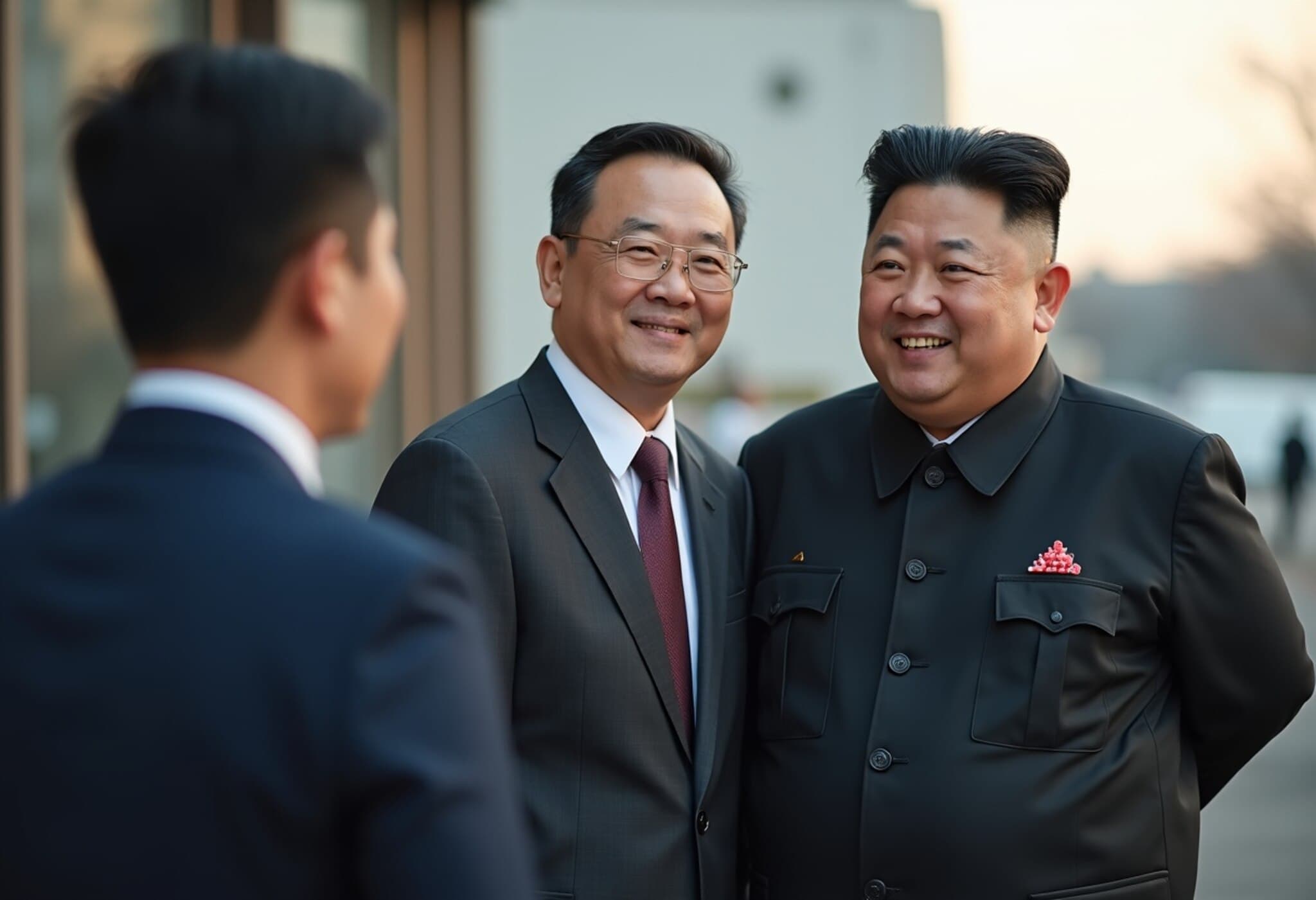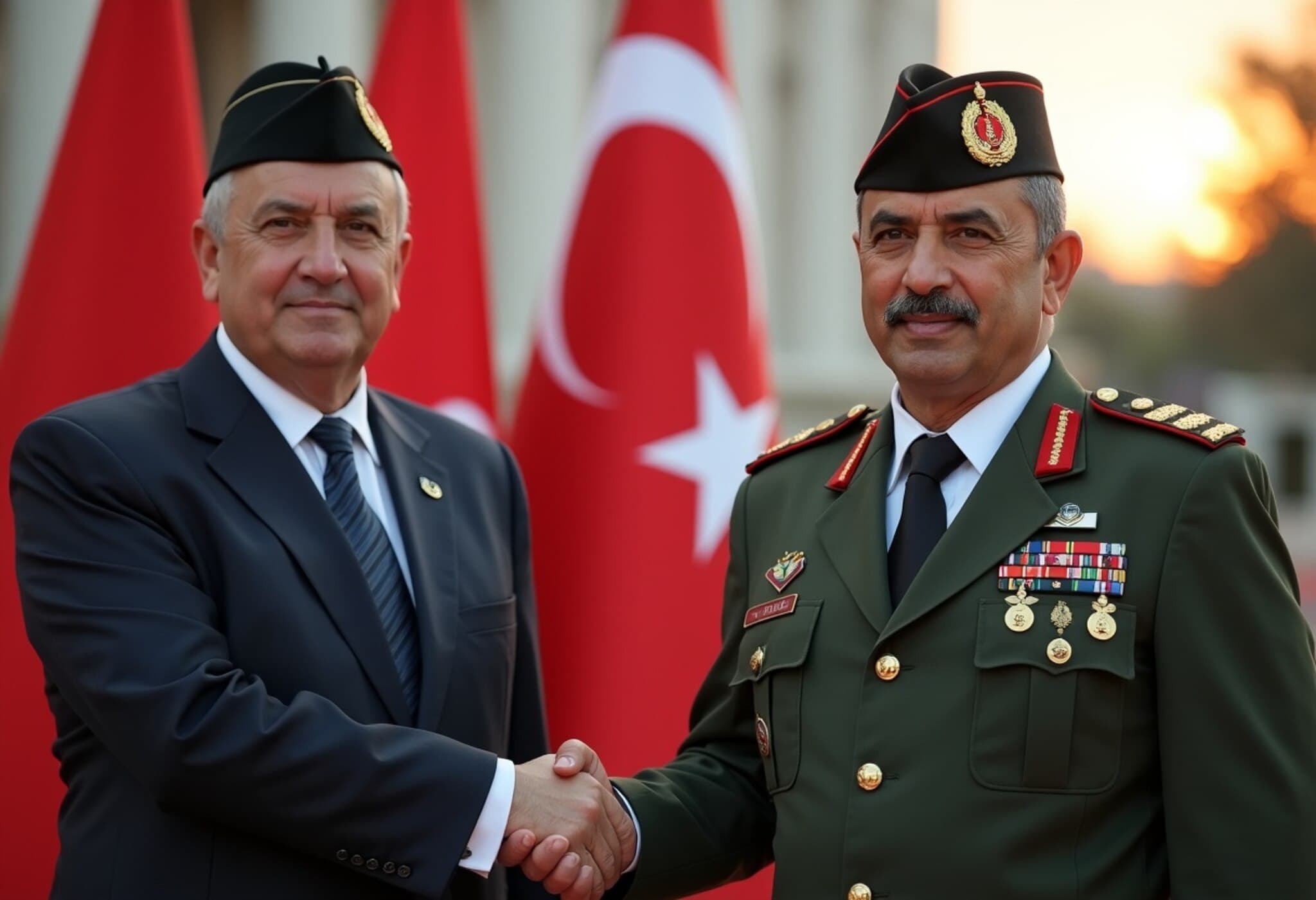Asian Trade Envoys Log Over 770 Flight Hours in Bid to Secure Deals with Trump Administration
Trade delegates from across Asia have cumulatively spent more than 770 flying hours—equivalent to soaring nearly 563,270 kilometers, or over 14 times around the Earth—on journeys to Washington, D.C., striving to strike pivotal trade agreements with former U.S. President Donald Trump’s administration. Yet, despite the grueling travel and intense negotiation marathons, tangible agreements that could reshape economic ties remain frustratingly out of reach, according to a recent Bloomberg report.
A Marathon of Trans-Pacific Negotiations with No Final Accord
Since the announcement of President Trump’s controversial “reciprocal” tariff policy on April 2, an array of Asian nations—including economic heavyweights like Japan, India, and Indonesia—have dispatched multiple delegations to the U.S. capital. Their main aim: to prevent sweeping tariff penalties that threaten to disrupt their economies and global supply chains.
This relentless back-and-forth highlights not only the complexities of modern trade diplomacy but also underscores the high political and economic stakes for Asia in maintaining robust ties with the United States amid shifting trade policies.
Counting the Cost: Distance and Time Demands
To put the effort into perspective, the cumulative travel distance of 563,270 kilometers almost equals circling the Earth’s equator 14 times. Despite this, the report notes this figure only accounts for the most direct commercial flights between each Asian capital and Washington, excluding additional transit time such as airport transfers, layovers, and possible delays.
Moreover, informal meetings and virtual negotiations at global summits (like the G7 in Canada or APEC in South Korea) haven’t been comprehensively quantified, suggesting the actual time and effort invested may far surpass these numbers.
Country-by-Country Breakdown: Insights into the Diplomatic Grind
- Japan: With chief negotiator Ryosei Akazawa leading seven trips, Japanese officials have logged 175 flying hours covering 152,525 km. Japan remains cautious, aiming for a deal that protects its vital auto and agricultural sectors rather than rushing into unfavorable agreements.
- India: Led by Rajesh Aggarwal, India’s delegation has made three trips, totaling 120 flying hours and 72,600 km flown. President Trump has hinted that India might soon join a select group of countries that have successfully sealed deals.
- South Korea: Combining efforts across administrations, South Korea’s four trips have amounted to 108 hours and 89,352 km, as officials cautiously review U.S.-flagged regulations while avoiding hasty commitments.
- Taiwan: Despite no formal tariff notice yet, Taiwanese trade envoy Yang Jen-ni’s three trips add up to 108 flight hours and 75,800 km, with hopes pinned on expanded U.S. imports in energy, agriculture, and defense sectors.
- Malaysia: Two trips totaling 92 flying hours and 61,493 km highlight Malaysia’s commitment to balanced, mutually beneficial trade talks amid looming 25% tariff threats.
- Indonesia: As talks intensify under Coordinating Minister Airlangga Hartarto, Indonesia’s delegation has accumulated 90 hours and 65,444 km in the air. Officials express optimism about finalizing what they term a "bold" deal.
- China: Uniquely, Chinese officials have refrained from traveling to Washington, instead conducting talks in Geneva and London. Their delegation has logged 42 flight hours and 32,902 km, contending with sustained U.S. tariffs nearing 55%.
- Thailand: Following minimal direct engagement, Thailand’s single official trip led by Finance Minister Pichai Chunhavajira clocked 42 flying hours and 28,470 km. The government seeks a tariff reduction from the proposed 36%.
Why Are Trade Deals So Elusive?
Experts suggest multiple intertwined factors contribute to the prolonged negotiations:
- Complexity of Reciprocal Tariffs: Trump's approach demands symmetrical trade terms, which many Asian nations find economically and politically challenging.
- Sectoral Sensitivities: Countries are protective of strategic industries—auto manufacturing in Japan, agriculture across Asia—that could be vulnerable to concessions.
- Geopolitical Nuances: The U.S.-China trade tensions cast a shadow over wider Asian-U.S. trade relations, introducing caution and strategic hedging.
- Logistical Strains: Absence of direct flights, visa complications, and long-haul travel fatigue complicate diplomatic efforts, slowing momentum.
The Road Ahead: What to Watch
With tariff hikes postponed to August 1, the pressure to reach agreements intensifies. Upcoming visits from Indonesia and other Asian delegates indicate negotiations are far from over. The U.S., eager to reshape trade partnerships amid global economic uncertainties, will likely maintain a firm stance, signaling further rounds of talks and travel for Asian envoys.
Expert Perspective: Navigating the Turbulent Waters of Trade Diplomacy
Trade policy analysts emphasize the human dimension often overlooked in headline numbers—the diplomatic fatigue and the geopolitical chess game behind each trip. The interplay between economic necessity and national sovereignty fuels this protracted dance, highlighting the intricate balance countries must achieve to protect their domestic interests while engaging in the global marketplace.
From a U.S. policy standpoint, these drawn-out negotiations reflect broader strategic aims to recalibrate trade relations in a multipolar world, underscoring the limits of protectionism in an interconnected supply chain era.
What This Means for Businesses and Economies
For businesses operating within these countries, continued uncertainty over tariffs and trade terms clouds investment decisions and supply chain strategies. Economies reliant on exports face potential shocks if penalties materialize, impacting sectors from agriculture to technology.
The sustained diplomatic push underscores the high stakes at play and the critical importance of crafting trade agreements that deliver stability and mutual benefit.
Editor’s Note
While the sheer scale of travel by Asian trade envoys symbolizes the urgency and gravity of these negotiations, the absence of finalized deals raises pressing questions: How sustainable is this diplomatic grueling marathon for governments and economies? Are reciprocal tariffs an effective tool for reshaping global trade, or do they fuel protracted stalemates? As the U.S. and Asia navigate uncharted trade waters, the coming months will be pivotal—not only for political leaders but for the millions whose livelihoods depend on the outcomes.
Stay tuned as we continue tracking this evolving story, providing on-the-ground insights and expert analysis into the high-stakes diplomacy reshaping international trade.


